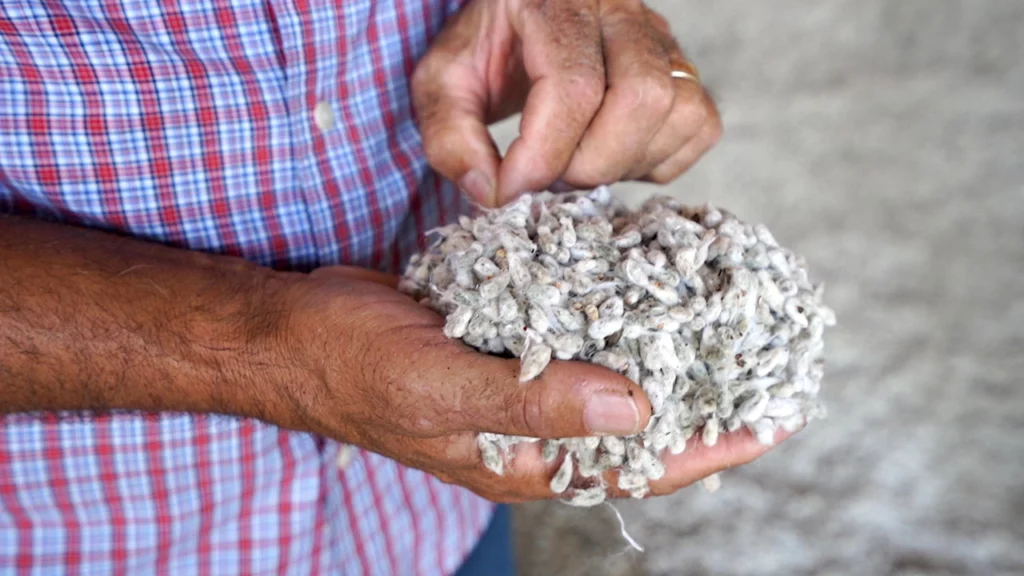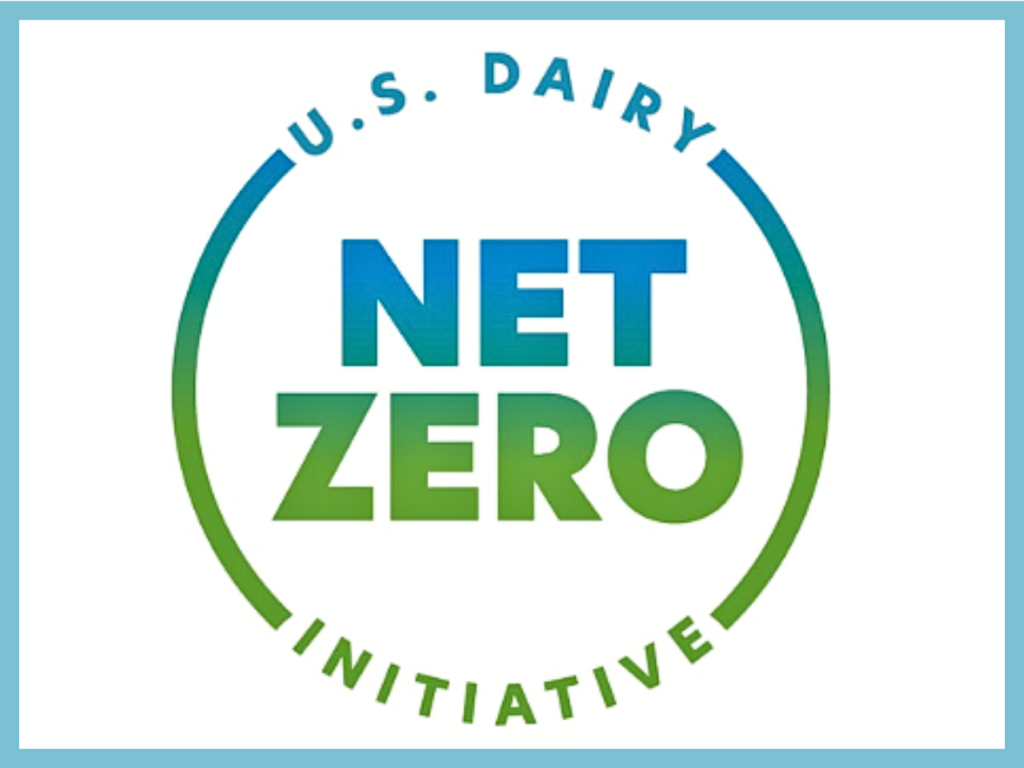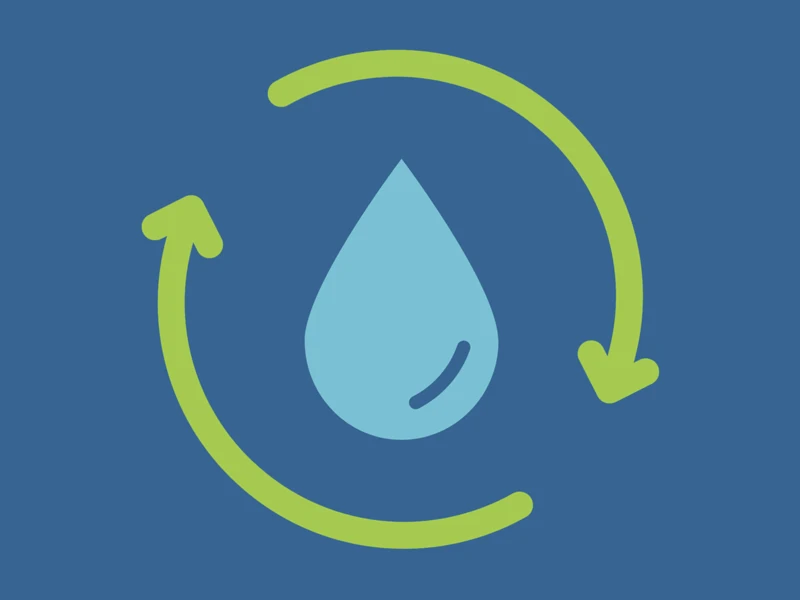
Dairy farmers are the original environmentalists. Living on or near the land that they farm, and no matter how many cows they milk, they understand the importance of protecting natural resources – it’s a responsibility they share with the local community. Farmers take initiative and work with experts to find and implement new ways to reduce energy, protect and conserve water and install renewable energy sources. Dairy farms produce a gallon of milk using 95 percent less land, 65 percent less water and while producing 76 percent less manure compared to 1944. The latest research shows that the U.S. dairy industry accounts for less than two percent of U.S. greenhouse gas emissions.
Cows possess four-chambered stomach and a digestive system that allows them to eat food byproducts that humans cannot. These byproducts such as potato peels, onions, brewery grains, spent grains from bakeries, hazelnut hulls, and cotton seed, make up over 80% of a cow’s diet. Feeding cows these byproducts not only provides them with a nutritious diet but also helps reduce carbon emissions compared to sending the byproducts to landfills. Dairy farms’ role in upcycling these byproducts is essential for many industries, such as breweries, which produce a significant amount of waste that can be repurposed as cow feed.


By 2050, U.S. dairy collectively commits to achieving greenhouse gas neutrality, optimizing water use while maximizing recycling and improving water quality. Recognizing there is no one-size-fits-all solution, the Net Zero Initiative works to support dairy farms and break down barriers to empower all farms to reduce their environmental impact in an economically viable way.

When water is used on a dairy farm, the first place it goes is to the cows. A lactating dairy cow drinks between 30-50 gallons of water each day. Part of that water goes into the milk dairy cows produce, which is 87% water, plus 13 nutrients that are essential for your health. A plate cooler is reuses water from across the dairy to efficiently chill the milk so that it can be shipped to a processor. Farmers also use that water to wash the cows, their barns, and water crops.

Healthy soil is the foundation for growing productive and sustainable crops. Many dairy farmers grow their own crops to feed to their cows and take pride in managing soil health to maximize nutrients. By cultivating a mix of grasses, clover, and high-tannin plants, farmers increase pasture biodiversity.
Four Oregon dairy farms and businesses have been recognized for their commitment to sustainability. Renewable energy, water reduction, upcycling byproduct and using innovative technologies are just some of the ways dairy farms are careful stewards. One thing is certain — their actions, both big and small, demonstrate that wholesome dairy products are produced responsibly.Congratulations to all our winners, Rickreall Dairy, Tillamook County Creamery Association, Threemile Canyon Farms and Rogue Creamery.